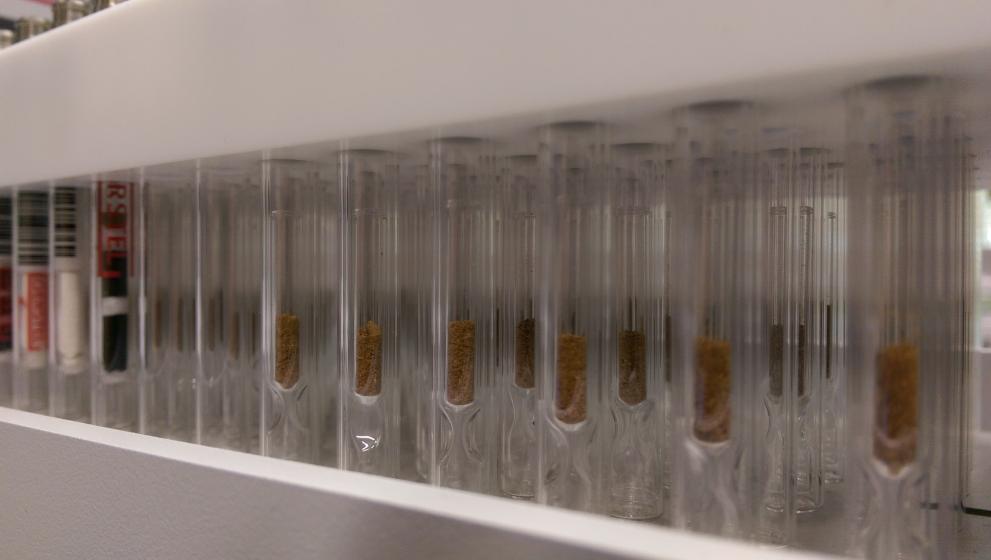
The JRC developed a screening method able to detect banned flavour substances in cigarettes. This will support the implementation of the ban of characterising flavours of tobacco products on EU market.
Menthol and fruit like flavours added to cigarette tobacco is a very well-known practice of cigarette manufacturers to increase the appeal of tobacco consumption, especially among adolescent first time users.
Since May 2020, the EU Tobacco Products Directive prohibits selling cigarettes having a ‘characterising flavour’ to reduce smoking, especially among young people.
Mimicking the human nose
The JRC developed a chemical analysis method mimicking the human nose, to identify cigarettes that may have a characterising flavour. The method shall support EU Member States to implement the EU Tobacco Products Directive, which prohibits selling flavoured cigarettes.
Machine learning algorithms were applied to the flavour profiles of more than 120 different cigarette brands from 22 European countries to recognise cigarette tobacco falling within the definition of ‘characterising flavour’.

The obtained result can be used in two ways: it either flags the tobacco for further assessment by a sensory testing panel, or confirms the findings of the panel on a suspect sample.
Key points
The analytical method
- requires little sample preparation;
- is sensitive and powerful in the identification of flavour substances in tobacco;
- provides data on 133 tobacco additives.
The developed statistical model
- is footed on a broad range of commercial cigarettes serving as reference;
- takes into account the high variability of flavour additives usually present in cigarette tobacco;
- has proven to allow discriminating flavoured tobacco products from the reference cigarettes.
Further reading
Related Content
Details
- Publication date
- 13 April 2021
